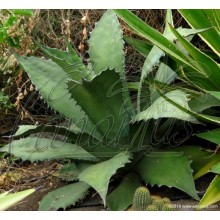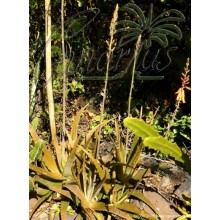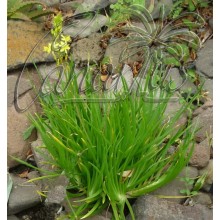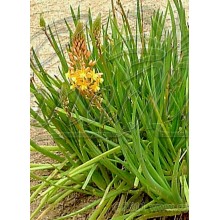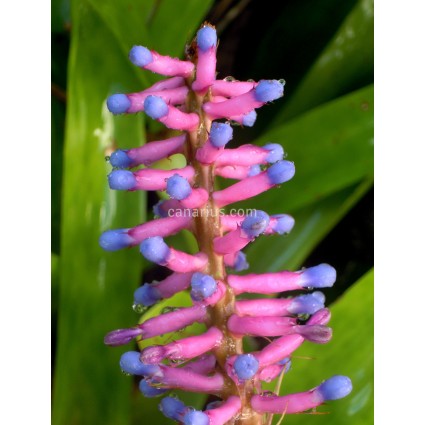 Vergrößern
Vergrößern
Aechmea gamosepala
Fast growing mat-forming bromeliad. Small rosettes of pale green leaves produce bright spikes of pink and purple flowers, in the colder winter months. It can take low temperatures with little or no damage at -7 C (20 F) for several hours.
Neu
Fast growing mat-forming bromeliad. Small rosettes of pale green leaves produce bright spikes of pink and purple flowers, in the colder winter months. Aechmea gamosepala loves cool and wet conditions and grows freely outdoors in most Mediterranean conditions. Shade to semi shade. 10-20 cm (4-8") pups that will bloom on their first year.
It can take low temperatures with little or no damage at -7 C (20 F) for several hours. It can take some sunlight, but also low light and live under trees or indoors.
Aechmea gamosepala is placed in the Ortgesia group of Aechmea, so flowers are arranged in showy spikes and they start opening in the central part of the inflorescence. Then they progressively open above and below. As in most species of Ortgesia, each flower has a beautiful colour contrast between the calyx and the corolla. Most of the species in this group from SE Brazil, are tolerant of cool weather and some frost.
We offer one large rooted pup of Aechmea gamosepala, of 20-30 cm, able to flower in one year. We ship it worldwide.
Visit THIS LINK and see pictures of our plants on the packing desk and learn more about what we ship, including some bromeliads.
Visit our Bromeliad Section in the Web Shop and see which plants are now available for sale. Visit also the Bromeliad Section in our Blog and learn more about our bromeliads.
| Anbau | Innenanbau |
| Herkunft der Arten | Amerika |
| Präsentation | Freiliegende Wurzeln |
| Maximale Größe | 30cm-40cm |
| Botanische Familie | Bromeliaceae |
| Lichtbedürfnis | Durchschnittliches Licht |
| Mindesttemperatur im Winter | -10 ºC bis 0 ºC |
| Blütezeit | Frühjahr |
| Pflanzentyp | krautartig |
| Pflegebedürfnis | Blumentopf |
| Wuchsform | Perennierend |

















